Stone towns of Vis(6): Bentinck Tower (Terjun)
In the summer of 2004, I visited the island of Vis for the first time. I fulfilled my childhood wish to see that island my father told me about.
I actually love islands and travel to them often. The mainland has never been particularly “tense” to me. My friends always told me “why do you like to go to the islands”? It’s far, you have to waste time on the ferry, and everything is more expensive… They seemed to talk like that only because they had never visited them, experienced and felt the difference. And whoever tries it once, and truly loves pure nature, always returns to the islands—those stone ships in the middle of nowhere.
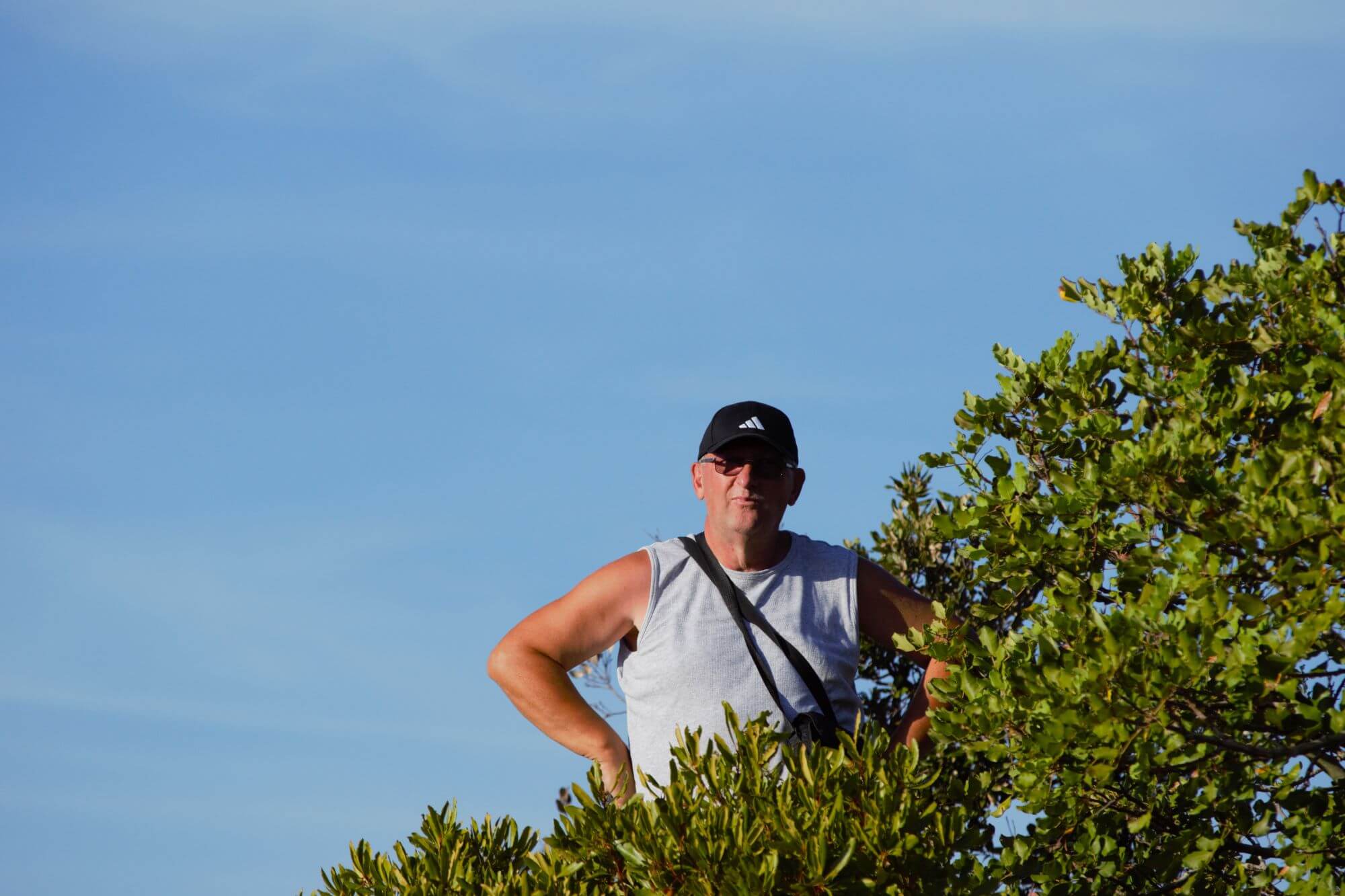
Author of the text during the exploration of the island, Photo: Adria fun
Every arrival to the islands involves a boat or ferry ride, which makes for an incredible level of comfort for that true fjaka. You stare casually at the endless blue of the sea around you, alone with your thoughts, while you wait for the piece of land you are headed for to appear in the distance. There, Vis… I hear as if in a dream how the woman next to me is talking to her son, who previously, with boyish impatience, was questioning his mother…
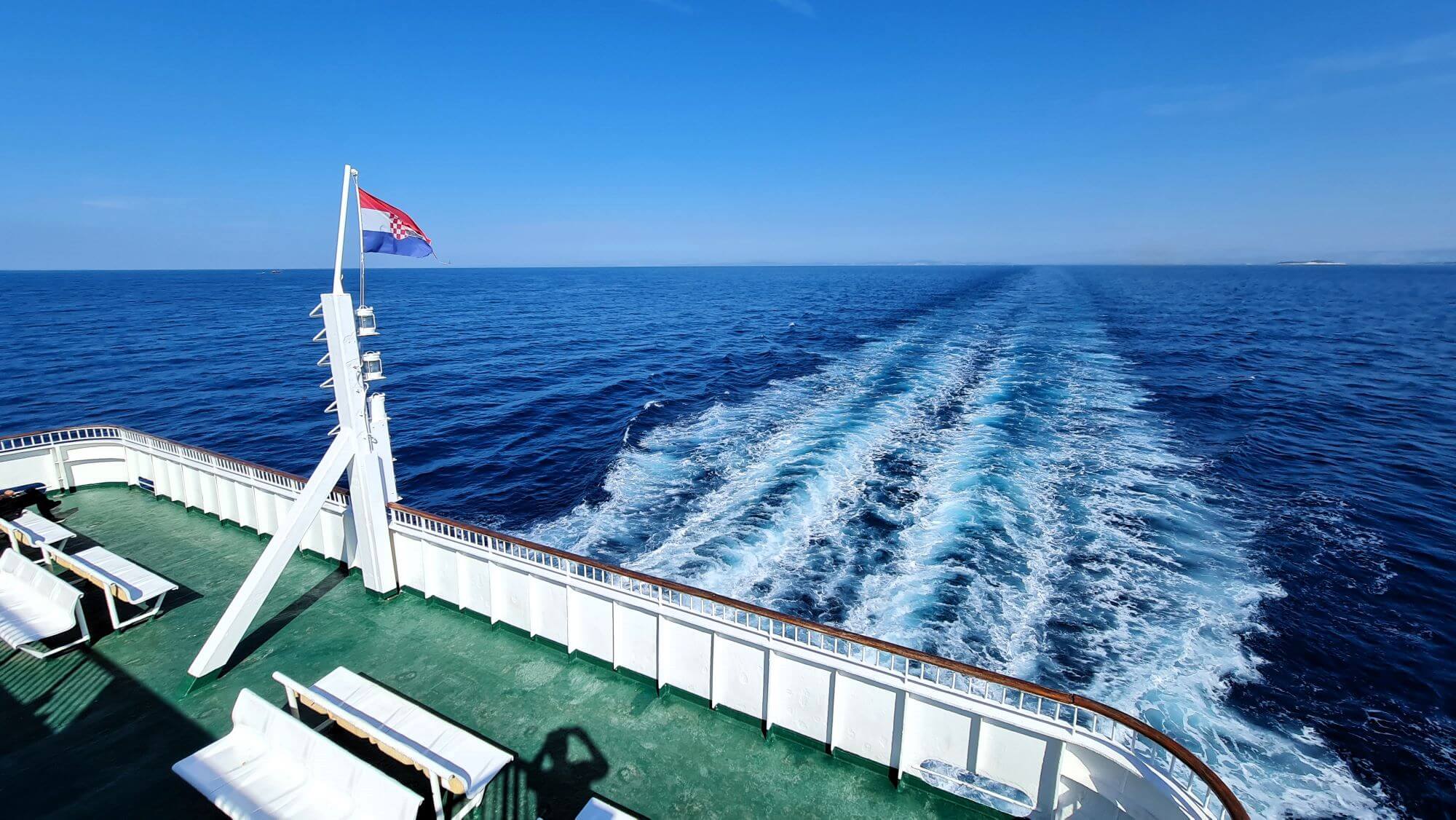
Ferry – Petar Hektorović, Photo: Adria fun
It reminded me of one summer, at the beginning of the eighties when my father decided to go to Vis on some business. I also wanted to go with him then, but my father said they were coming back quickly and that it was not convenient for me to go too. I was sad that I didn’t go because I like to travel, but I remembered the name Vis, although at the time I had no idea where it was or why it was so important.
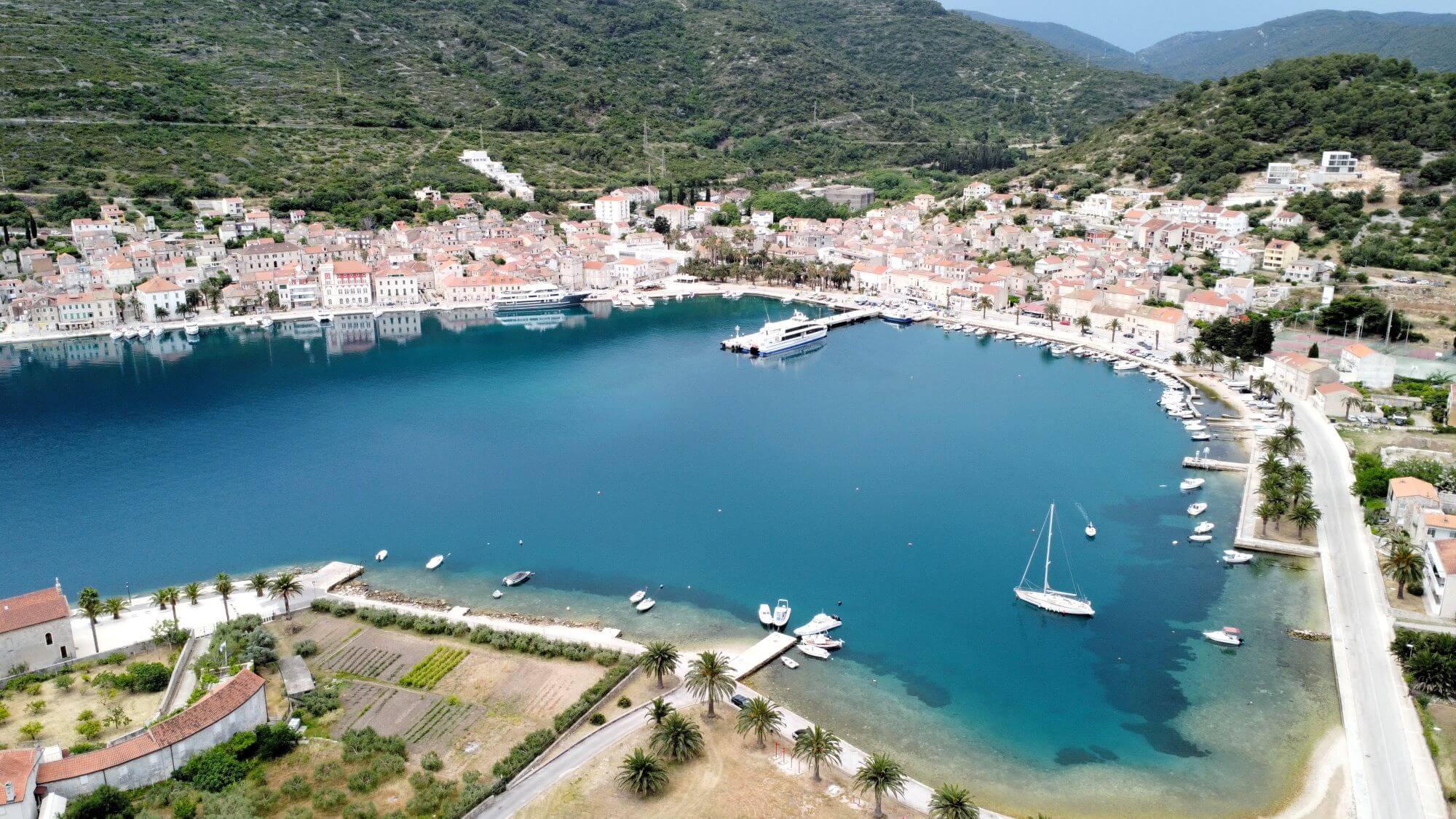
Vis, Photo: Adria fun
And it is extremely important! For most of its history, this town was a fortress. Some scientists even connect its ancient name – Issa – with the pre-Indo-European word for fortress. The island and its archipelago (Biševo, Svetac) are extremely important strategic places in navigation along the Adriatic but also between its two coasts.
The insecurity caused by pirate and Turkish attacks, frequent since the 16th century, forced the owners of Vis palaces and estates to build towers and smaller forts, a large number of which have been preserved to this day. A new phase of intensive fortification of the island, and especially of the town of Vis, began at the beginning of the 19th century, when the then largest European and world powers – the British Empire and Napoleon’s France – fought over the island. The turbulent period continued later, and the capture of Vis became the goal of both the young Kingdom of Italy and the Austrian Empire.

Bentnick Tower and Fort George Fort, Photo: Adria fun
As soon as I set foot on the land of Vis, I was overcome by an indescribable boyish desire to wander and explore, so after getting off the ferry, I headed towards the bay of Parja, famous for the sea mine of the former JNA, where ships could hide if by any chance they were attacked by a foreign force.

Military mine, Parja cove, Photo: Adria fun
Halfway to Parja, on a dominant elevation, is the Bentinck Tower, in fact, its “surviving” remnant. I couldn’t help but notice it because, apart from being visible to the naked eye, there is also a marked macadam path leading to it.

Bentnick Tower, Photo: Adria fun
Walking towards it, I imagined the past when the naval forces of the English navy, which in 1812, after a conflict with the French navy, were treading on the hard stone of Vis, occupied Vis, and began to fortify it.
This two-story round tower named Bentinck was also built then. It is located on the Terjun hill at an altitude of 80 meters and served as a lookout tower for the nearby and somewhat lower Fort George III.
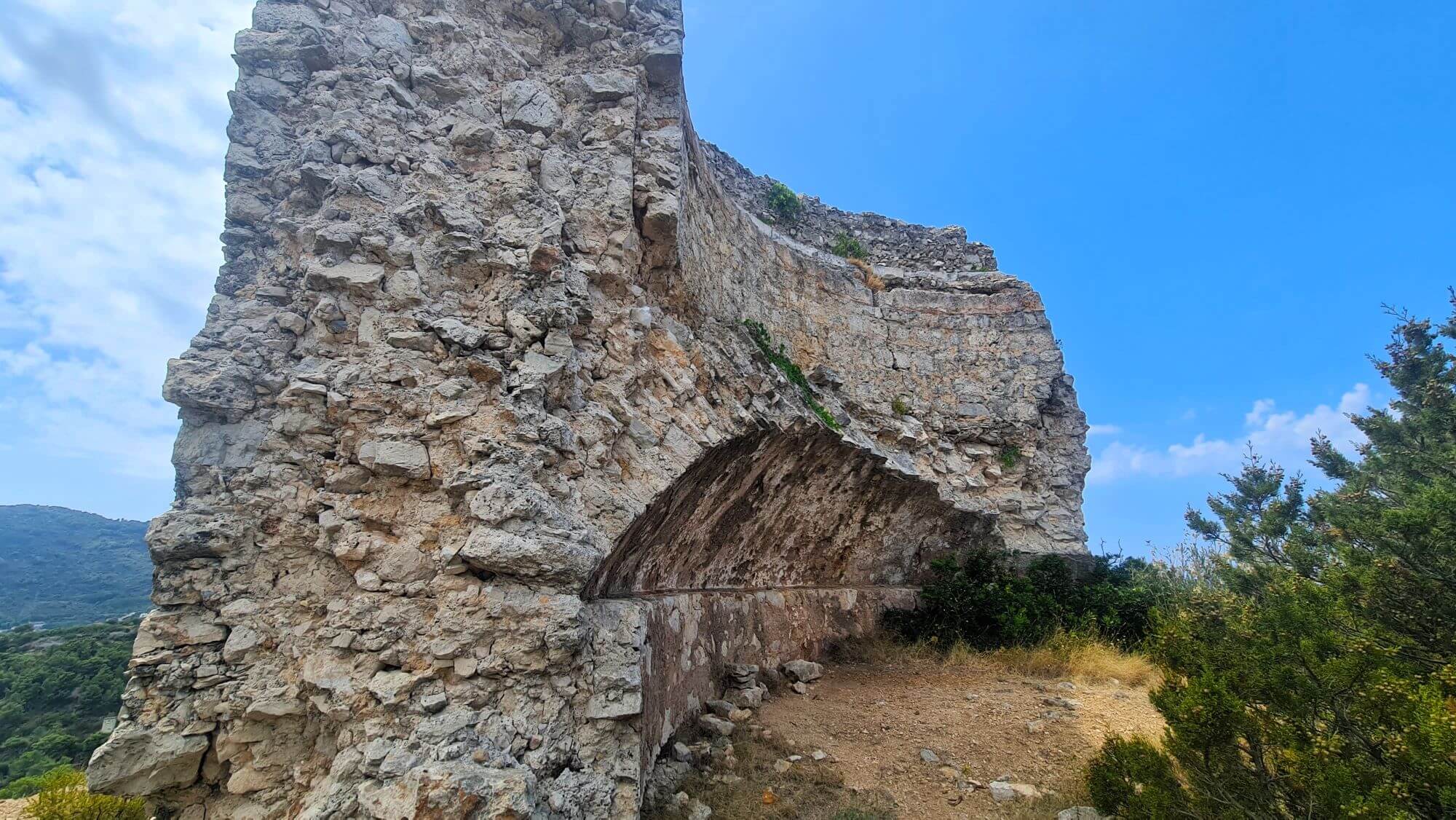
Bentnick Tower, Photo: Adria fun
The tower was named after the commander of the British naval forces, Lord General Wilham Cavendish Bentinck, then the commander of the English navy stationed in Sicily.
There isn’t much left of the tower, only about a quarter, a little out of breath from the climb I think out loud. The view from it is magnificent on the deep Vis wave, in front of which is the islet of Host, on which there is now a lighthouse, but also on the already mentioned Fort George III and Fort Wellington, which is located on the neighboring hill.
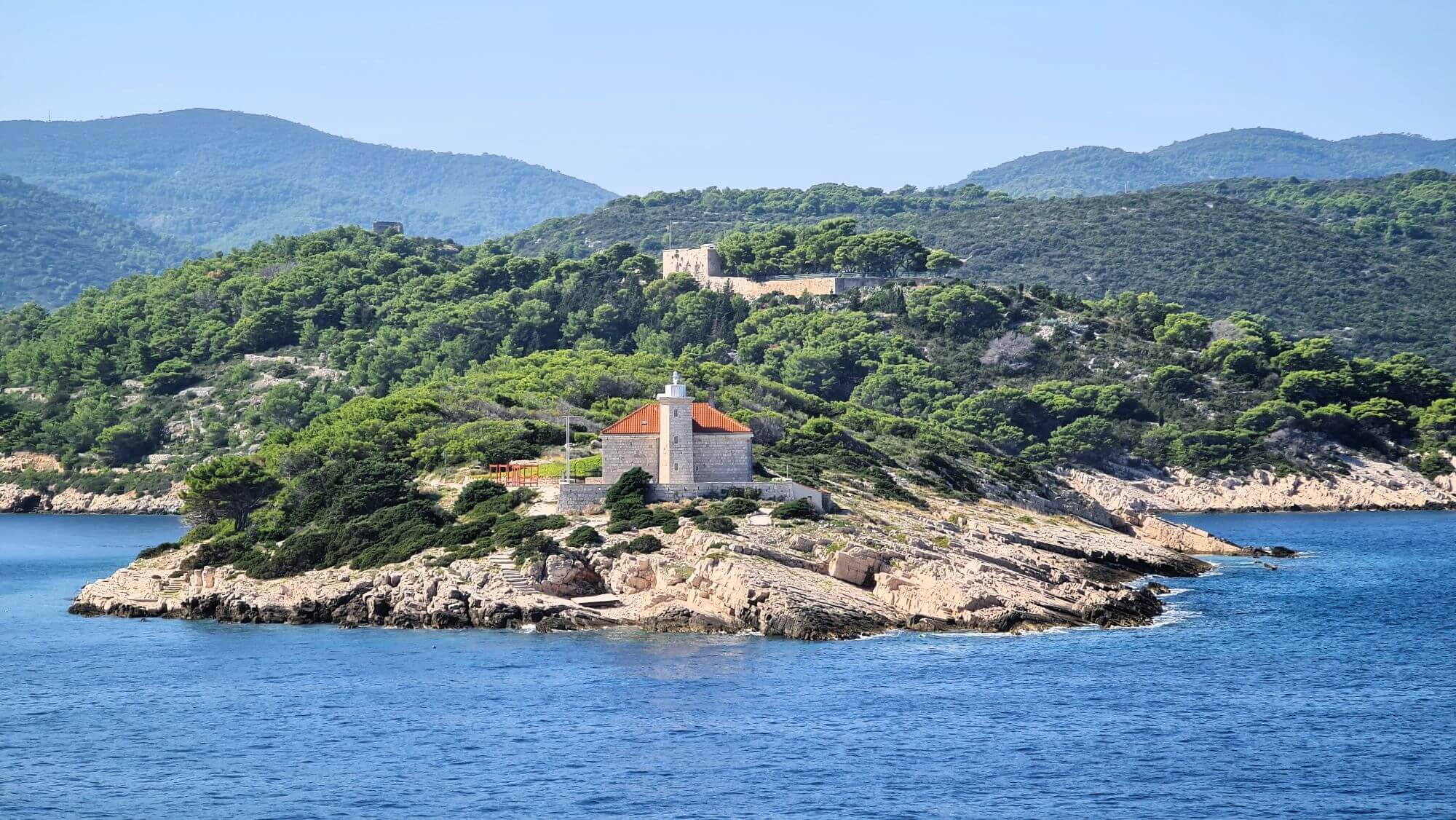
Host Island, Fort George, and Bentnick Tower, Photo: Adria fun
How much history is there, my God, we are indeed a rich country with an exceptional cultural heritage and heritage, I thought to myself as I sat on the hard stone absorbing the sun’s rays like a lizard.
I was jolted out of my lethargy by the murmur of two young people, who, like me, had come to get a piece of history woven into this exceptional rocky island.
They question me about how old the tower is, and what it got its name from…. and I, like some wise island “uncle”, proudly fire bursts of data…
I almost forgot that I was actually heading towards Parja. Eh, how easily one gets carried away by thoughts without even noticing how much time has passed…

Parja Bay, Photo: Adria fun
This publication was co-financed by the Fund for the Promotion of Pluralism and Diversity of Electronic Media.

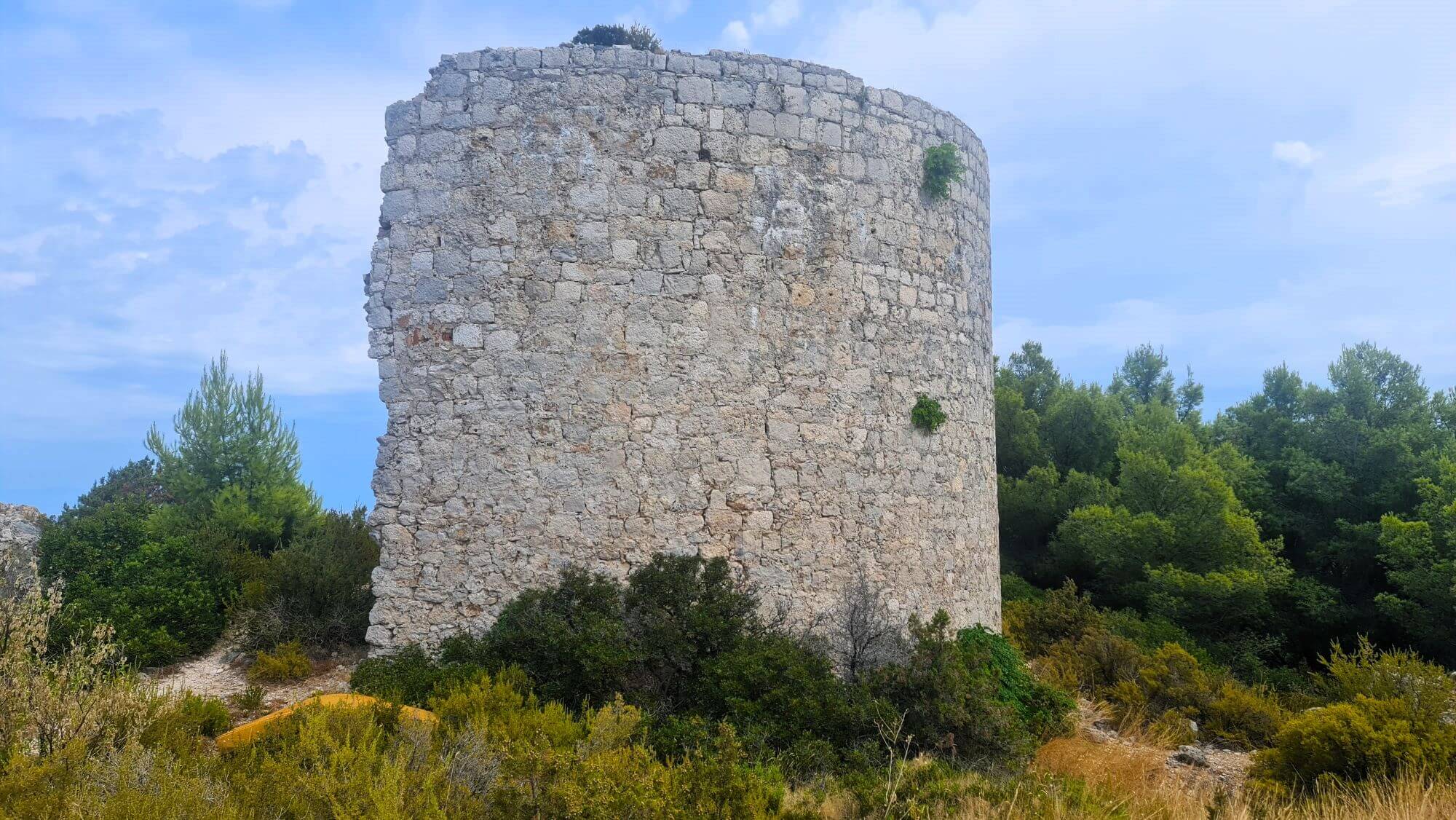


Leave a Reply